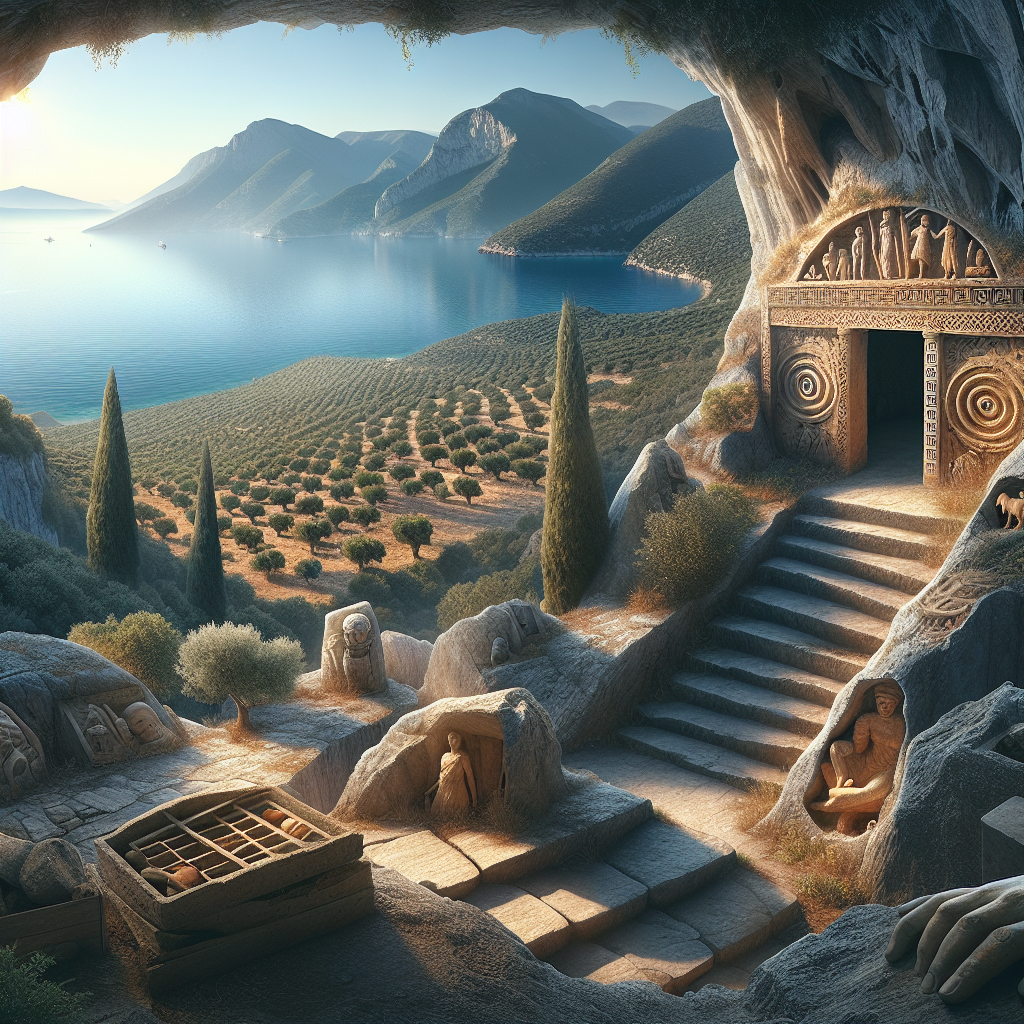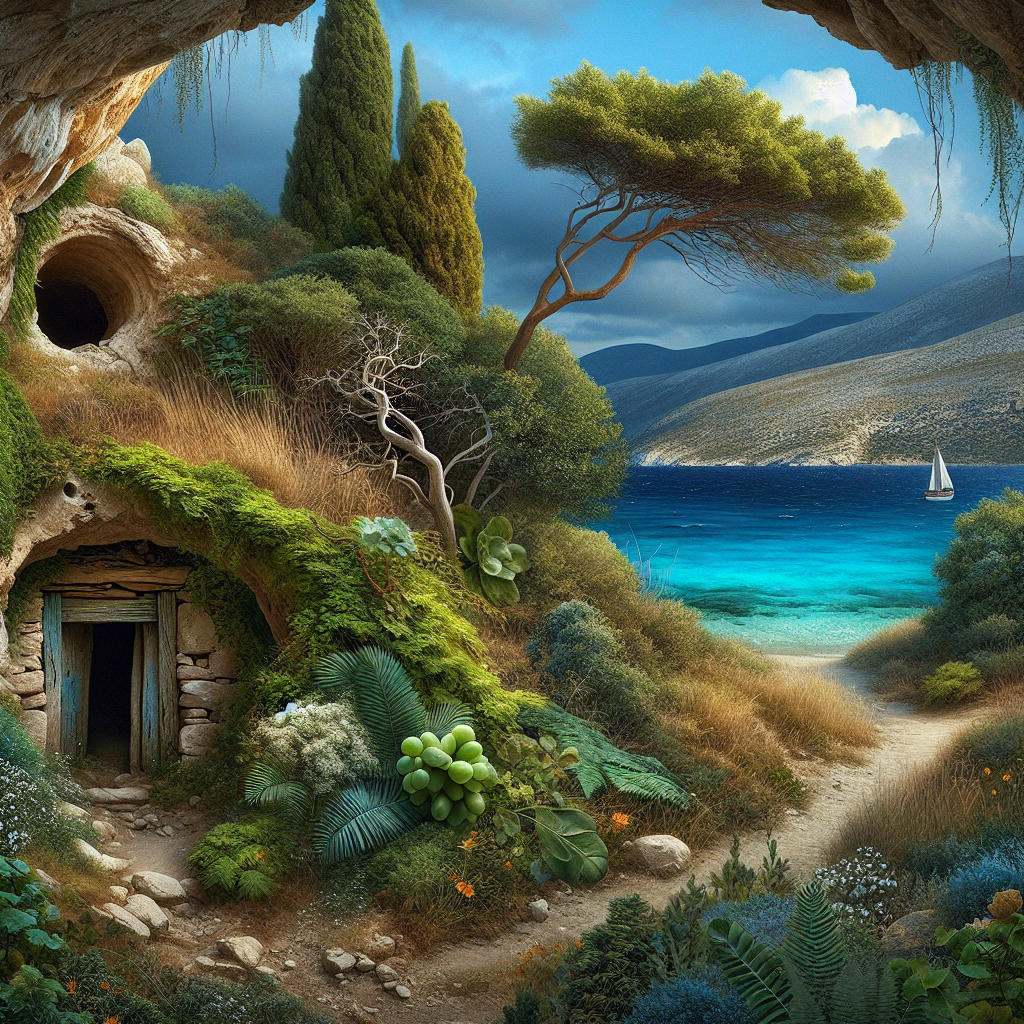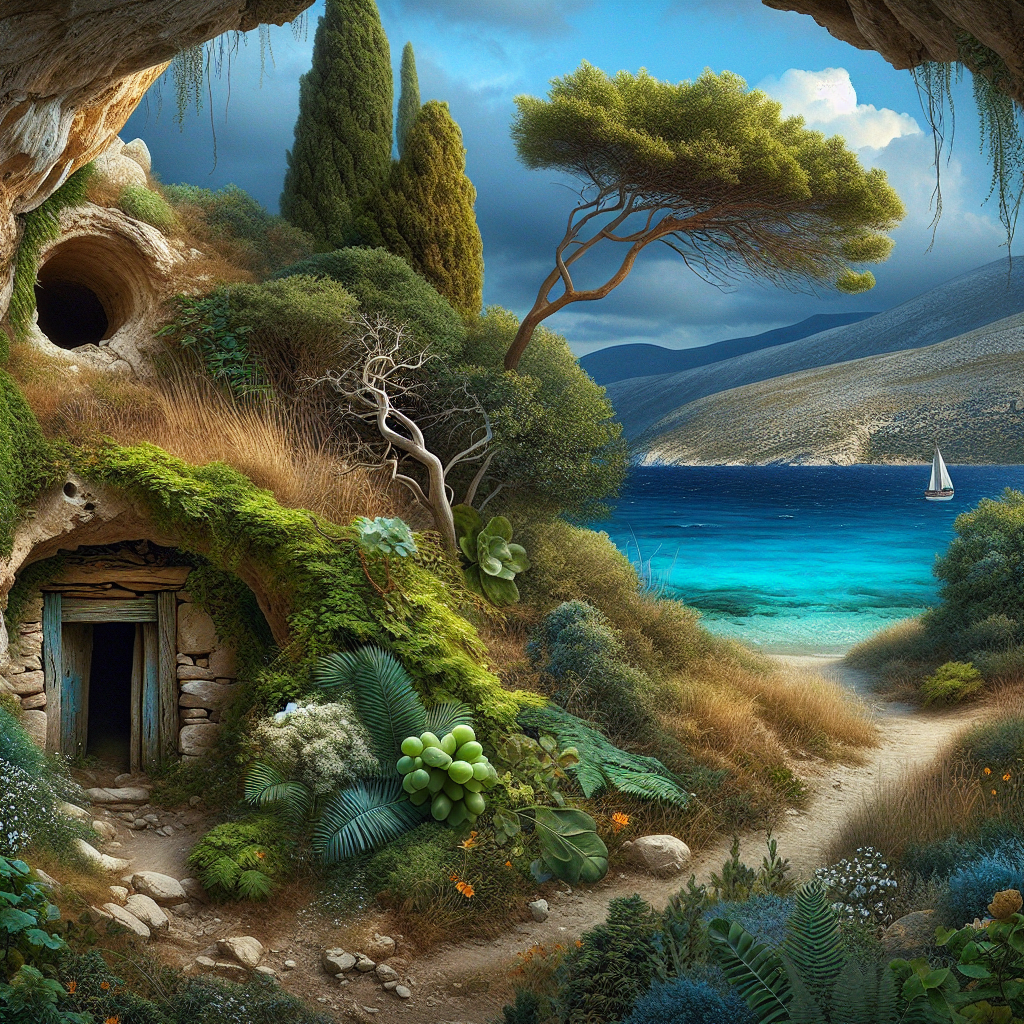Imagine stepping foot on the picturesque Greek Islands, with their crystal-clear blue waters, charming whitewashed buildings, and delicious Mediterranean cuisine. But there’s more to these islands than meets the eye. Beneath the surface lies a treasure trove of hidden archaeological wonders, waiting to be discovered. Delve deep into the rich history of the Greek Islands and uncover the ancient sites that have remained untouched for centuries. From hidden ruins to sunken cities, embark on a journey that will transport you back in time and leave you in awe of the hidden gems that lay hidden on these idyllic islands.

Introduction
Welcome to this fascinating journey through the rich archaeological history of the Greek Islands. Located in the mesmerizing waters of the Aegean Sea, these islands have been home to ancient civilizations that have left behind an abundance of evidence and artifacts for us to discover and marvel at. From the island of Crete to Santorini, Delos, Rhodes, Samos, Kos, and Naxos, each island has its own unique archaeological treasures waiting to be explored.
The Rich Archaeological History of the Greek Islands
Evidence of ancient civilizations
When one thinks of Greece, images of ancient ruins and mythical legends often come to mind. The Greek Islands, scattered across the Aegean Sea, hold within their lands the remnants of numerous ancient civilizations. From the Minoan civilization on Crete to the flourishing cities of ancient Greece, these islands are a treasure trove of archaeological wonders.
Importance of the Greek islands
The Greek islands played a significant role in the development of ancient Greece. They served as major centers of trade, commerce, and culture, connecting different regions and civilizations. The islands offered fertile land for agriculture, access to the sea for maritime trade, and strategic positions for defense. The archaeological sites on these islands provide invaluable insights into the history and progress of human civilization.
Lost and forgotten sites
While some archaeological sites in Greece, such as the Acropolis in Athens, are well-known and visited by millions every year, there are hidden gems on the Greek Islands that are lesser-known but equally awe-inspiring. These sites, often tucked away in remote corners or buried beneath layers of time, have slowly been unveiled by archaeologists, revealing the stories of civilizations long gone.
Island of Crete: Minoan Civilization
Palace of Knossos
The Palace of Knossos, located on the island of Crete, is the crown jewel of Minoan civilization. This vast complex, dating back to the Bronze Age, boasts intricate frescoes, labyrinthine architecture, and advanced urban planning. Walking through the ruins, you can immerse yourself in the grandeur of a bygone era and marvel at the engineering prowess of the Minoans.
Phaistos Disc
Among the fascinating artifacts discovered on Crete is the Phaistos Disc, a clay disk covered in mysterious symbols. Dating back to the 2nd millennium BCE, the disc remains undeciphered, leaving historians and archaeologists intrigued by its purpose and meaning. The Phaistos Disc is a testament to the complexity and sophistication of the Minoan script and serves as a tantalizing puzzle waiting to be solved.
Gortyn Law Code
On the southern part of Crete lies the ancient city of Gortyn, which was once a flourishing center of Minoan civilization. One of the most remarkable discoveries at Gortyn is the Gortyn Law Code, a set of inscriptions that document the laws and regulations of the city-state. The code provides valuable insights into the legal system and social structure of the ancient Minoans, shedding light on their customs and practices.
Island of Santorini: Ancient Akrotiri
Preservation of ancient city
Santorini, known for its stunning sunsets and vibrant volcanic landscape, is also home to a remarkably preserved ancient city called Akrotiri. Buried under layers of volcanic ash from a catastrophic eruption around 1600 BCE, Akrotiri was remarkably preserved, providing archaeologists with a unique snapshot of life in the Bronze Age Aegean.
Minoan frescoes
One of the most captivating aspects of Akrotiri is its exquisitely painted frescoes. These vibrant murals depict scenes from daily life, mythical creatures, and religious rituals, showcasing the artistic skill and creativity of the Minoans. Exploring the ancient city of Akrotiri allows you to immerse yourself in a world of vibrant colors and ancient stories frozen in time.
Volcanic destruction
The catastrophic eruption that buried Akrotiri was a devastating event, but it also played a crucial role in preserving the city. The layers of volcanic ash acted as a protective shield, sealing off the city from the elements and preventing decay. Today, visitors can witness the evidence of this natural disaster and gain a deeper understanding of the fragility and resilience of human civilization.

Island of Delos: Sacred Sanctuary
Temple of Apollo
Delos, a small island in the Cyclades, holds a significant place in Greek mythology as the birthplace of the twin gods Apollo and Artemis. The island is home to the magnificent Temple of Apollo, a place of worship and pilgrimage for ancient Greeks. Standing amidst the ruins of the temple, you can feel the spiritual energy resonating from a civilization that revered and sought guidance from the gods.
Terrace of the Lions
Guarding the sacred sanctuary of Delos are the iconic statues known as the Terrace of the Lions. These imposing marble lion statues once lined an avenue leading to the temple. Today, replicas stand in their place, while the originals can be admired at the nearby Archaeological Museum of Delos. The Terrace of the Lions serves as a testament to the artistic skill and devotion of the ancient Greeks.
Avenue of the Lions
Walking along the Avenue of the Lions, you can immerse yourself in the grandeur and symbolism of ancient Greece. The rows of marble lions, standing tall and proud, evoke a sense of awe and wonder. As you follow the path to the temple, you can almost hear the echoes of ancient pilgrims making their way to this sacred sanctuary.
Island of Rhodes: Colossus and Ancient City
Colossus of Rhodes
Rhodes, known for its picturesque Old Town and medieval charm, was once home to an awe-inspiring giant: the Colossus of Rhodes. This monumental statue of the sun god Helios stood over 30 meters tall and was considered one of the Seven Wonders of the Ancient World. Although the statue no longer exists, its legacy and significance endure, symbolizing the power and grandeur of ancient Rhodes.
Acropolis of Rhodes
The Acropolis of Rhodes, perched upon a hill overlooking the island’s capital city, is a testament to the architectural brilliance and cultural richness of ancient Rhodes. The ruins of temples, theaters, and other structures reveal the grandeur of this once-thriving city. Exploring the Acropolis allows you to step back in time and witness the legacy left by the ancient Rhodians.
Ancient Stadium
Sports and athletic competitions played a significant role in ancient Greek society, and Rhodes was no exception. The island boasts an ancient stadium, where various contests and games were held to honor the gods and celebrate human achievement. Standing in the historical stadium, you can almost hear the cheers of the crowds and feel the competitive spirit that thrived in ancient Rhodes.
Island of Samos: Heraion of Samos
Hera Temple ruins
The island of Samos is home to the Heraion, an ancient sanctuary dedicated to the goddess Hera. The ruins of the Hera Temple stand as a testament to the religious significance and architectural prowess of the ancient Greeks. As you wander through the columns and remnants of this sacred site, you can sense the reverence and devotion of those who once sought the goddess’s favor.
Ancient sacred road
Leading to the Heraion is an ancient sacred road, known as the Sacred Way. This pathway was once traversed by pilgrims making their way to the temple, carrying offerings and seeking divine blessings. Walking along this historic path, you can imagine the footsteps of countless devotees who embarked on a spiritual journey to connect with the divine.
Archaeological Museum of Samos
To delve deeper into the history and artifacts of Samos, a visit to the Archaeological Museum of Samos is a must. The museum houses a rich collection of ancient artifacts, ranging from sculptures and pottery to everyday objects used by the inhabitants of the island. Exploring the museum allows you to gain a comprehensive understanding of the cultural and artistic achievements of Samos.
Island of Kos: Ancient Asclepeion of Kos
Healing sanctuary ruins
Kos, an island known for its azure waters and stunning beaches, also holds within its borders the ruins of an ancient healing sanctuary called Asclepeion. This sacred site was dedicated to the god of healing, Asclepius, and served as a center for medicinal and spiritual practices. The ruins offer a glimpse into the ancient art of healing and the methods employed by the physicians of antiquity.
Temple of Asclepius
At the heart of the Asclepeion lies the Temple of Asclepius, a place of worship and reverence for those seeking healing and solace. The temple’s architectural design and sacred atmosphere create an ambiance of tranquility and reverence. Visiting the Temple of Asclepius allows you to connect with the ancient practices of healing and gain a deeper appreciation for the interconnectedness of mind, body, and spirit.
The Great Stoa
The Great Stoa, a monumental colonnade and gathering place, was an integral part of the Asclepeion complex. This grand structure served as a venue for philosophical discussions, lectures, and social interactions. Walking alongside the ruins of the Great Stoa, you can envision the vibrant intellectual and social life that once thrived within its walls, echoing the wisdom and philosophical insights of the ancient Greeks.
Island of Naxos: Kouros statues
Kouroi of Apollonas
The island of Naxos is famous for its impressive collection of Kouros statues, which were carved during the Archaic period of ancient Greece. One of the most notable among these statues is the Kouros of Apollonas, a colossal marble figure that stands over 10 meters tall. These statues, representing the idealized male form, showcase the artistic skill and cultural values of ancient Naxos.
Observing the Kouros
Standing before the monumental Kouros statues, you can’t help but be in awe of their size and craftsmanship. The statues’ serene expressions and muscular forms emanate a sense of timelessness and beauty. Observing the Kouros allows you to appreciate the artistic achievements and aesthetic ideals of the ancient Greeks, who sought to capture the essence of human anatomy and beauty in stone.
History and significance
The Kouros statues of Naxos hold great historical and cultural significance. These sculptures not only serve as artistic representations but also offer insights into the beliefs, values, and social structures of ancient Naxos. They serve as silent witnesses to the passage of time and the legacy left by the inhabitants of the island, inviting us to contemplate the enduring nature of human creativity and expression.
Conclusion
As we conclude our journey through the hidden archaeological wonders of the Greek Islands, we have only scratched the surface of the rich tapestry of history and culture that awaits those who venture to explore these captivating sites. The Greek Islands not only offer breathtaking natural beauty and vibrant contemporary culture but also serve as gateways to the past, allowing us to connect with the civilizations that came before us. So pack your bags, prepare for a journey through time, and let the Greek Islands unveil their hidden archaeological treasures just for you.
